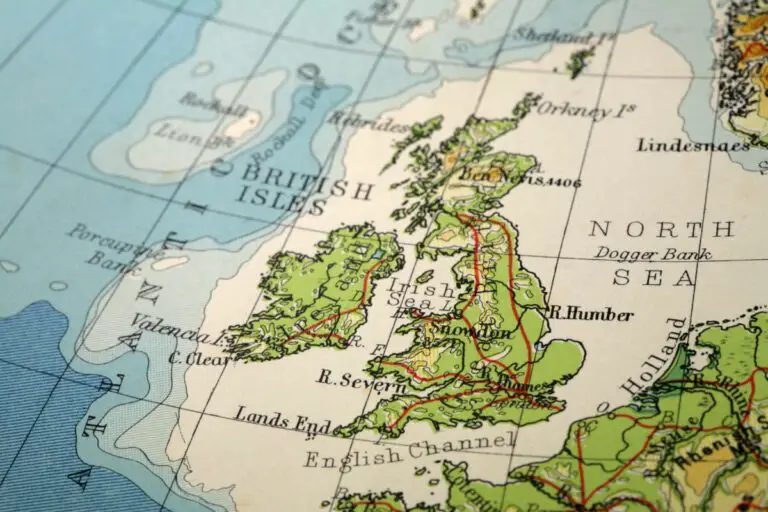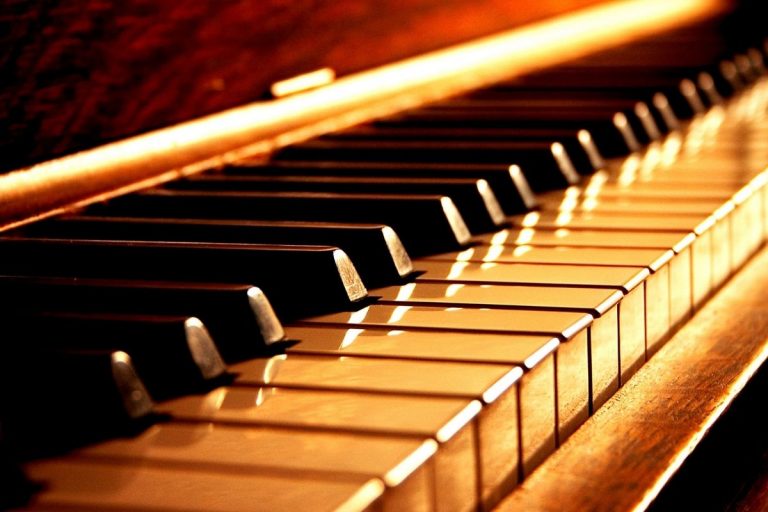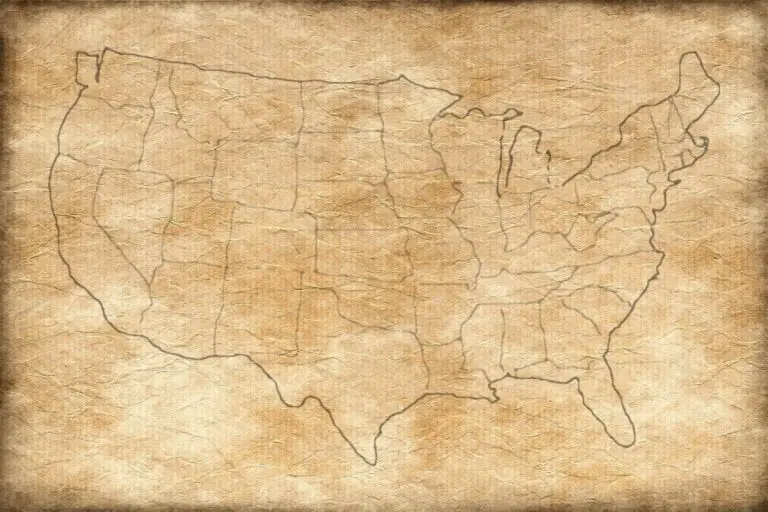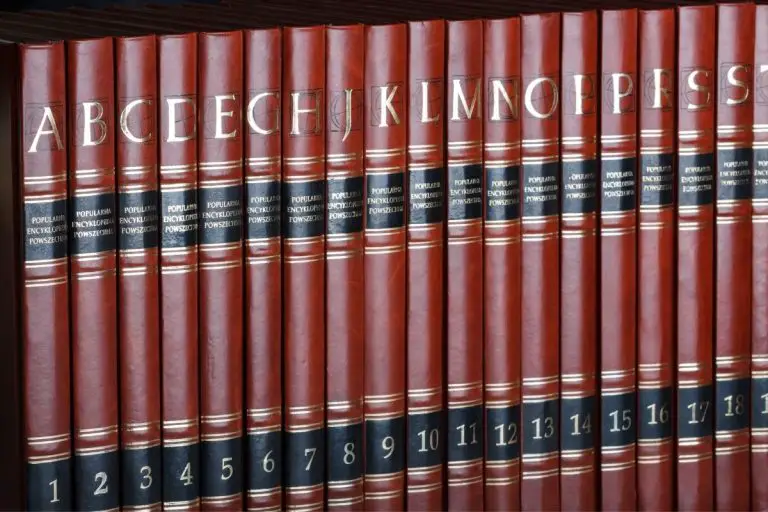What’s the Difference between Tempo and Rhythm?
You may not be a great musician, and you’re lost in their vocabulary? Don’t worry.
Today, I will explain the difference between two important keywords in music: tempo and rhythm.
As a whole, the main difference between tempo and rhythm is that tempo measure only the music frequency, in BPM (beat per minute), while the rhythm also includes the kind of notes and instruments used in the melody.
I will now go into the details of these two terms, so everything will become clearer for you.
Tempo
Definition
The speed of a musical piece or passage indicated by one of a series of directions (such as largo, presto, or allegro) and often by an exact metronome marking
Merriam-Webster dictionary
So it’s just the speed of a played song.
Imagine a basic melody on the drums, if the drummer plays twice as fast the same song, the tempo will have doubled.
And that’s it, we don’t go into the detail of the melodic components.
BPM
BPM means “Beat Per Minute”.
It’s a measure norm of the tempo, counting the number of beat per minute.
A song with 2 beats per second will have a BPM of 120 (2 beats x 60 seconds).
This notion is old but has been largely perfected with the electronic music growth, computer reading and various equipment for DJs…
It’s indeed essential for the latter, to better link two musics during a sequence.
The BPM is often slightly modified to make the transition as discreet as possible.

Main tempos
Names are used to identify a tempo, you probably already heard some of them before.
Here are a few examples:
- An Adagio is a relatively slow tempo, which is between 66 and 76 BPM (ex: Bohemian Rhapsody Queen)
- An Allegro is a fast tempo, which is between 120 and 156 BPM (ex: Michael Jackson’s Beat It)
- And a Presto is a quick tempo, between 168 and 200 BPM (ex: Lose Yourself of Eminem)
There is an entire ladder of tempos, and whatever the speed of your piece, a name exists to define it:

It’s also possible to play a song written at a certain tempo, in a slower or faster way, to change the tempo.
Measure the tempo
To get the BPM of the song you have two ways.
Most of the time, players use a metronome to respect the music score tempo
A Metronome is a device that produces a tick at regular intervals, depending on how you configured it.
So you can configure it to 120 BPM and start it to respect this tempo
Check here on Amazon what it looks like.
If you are on a computer, the software will indicate the tempo or BPM directly on the interface.
For example, if you use FlStudio Producer Edition to produce electronic music, you have the BPM directly on the screen:
Rhythm
Definition
An ordered recurrent alternation of strong and weak elements in the flow of sound and silence in speech
Merriam-Webster dictionary
So we’re talking here more about all the melodic components, rather than just the speed at which it’s executed.
Rhythm components
The rhythm is therefore a set of things that gives a particular flow to a music piece.
Generally, we can identify a rhythm from the repetition of different components:.
- Notes
- Notes length
- Notes sequencing
This is ultimately the musical expression of a musical score.
Indeed, this music score contains both the notes to play, the duration they must have, and obviously in which order.
It also gives the speed to player this notes.
Related Questions
What is a pulsation? Yes, it’s an important point that makes the connection between the two terms seen in this article. We call pulsation the strong accent at the beginning of each beat, which comes back in rhythm, and highlights the tempo of the melody.
What is a measure? Measurement is also an important notion in creating a rhythm. It’s a way of segmenting music into a number of parts, themselves composed of several beats.
As it’s not always easy to explain this in writing, you will find in the video below a basic measurement of 4 beats on the drums:
Conclusion
I hope this musical introduction helped you to see more clearly between these two important musical concepts: tempo and rhythm.
In summary, the tempo is simply the speed at which a piece is played
While the rhythm is a more complete feature composing the melody.
I’m not a great musician, and so I will not go into more detail, but if you’re interested you will find many specialized sites on the subject.
You can even consider taking some courses of music theory to clarify this.






